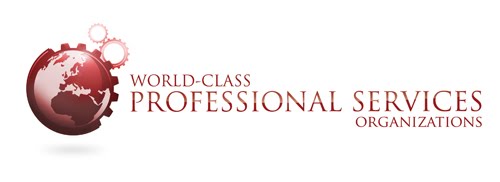The Checklist
Before the meeting:
- The meeting objective has been defined and shared with all participants.
- The meeting agenda has been defined and shared with all participants.
- The agenda includes topics with owners.
- The agenda includes time allocates for each topic.
- The agenda is manageable given the time available for the meeting.
- The agenda includes reasonable breaks.
- The agenda enables participation, interaction, collection of feedback,
decision making, and communication.
- The agenda allows for Q&A. - The meeting leader is aware of potential “off-topic” discussions that may happen and is prepared to address (or table) them.
- The meeting leader is aware of political or personality conflicts that may distract from the meeting and is prepared to address them (or reduce their impact).
- The meeting leader has determined the best, worst, and most-likely outcome from the meeting and has prepared for the worst in an effort to achieve the best.
- Critical participants have been identified and are confirmed for the meeting.
- Non-critical participants are aware that their attendance is optional.
- The meeting room has been scheduled.
- The meeting room has the necessary technology (projector/screen, white board, flip charts, phone, Internet access).
- The meeting room is suitable for the audience (size, layout). - Conference Bridge has been scheduled and shared with all participants.
- WebEx has been scheduled and shared with all participant.
- For longer meetings, snacks and beverages have been ordered and supplied.
- Roles and responsibilities have been determined for the meeting (SME, Note Taker, Time Keeper, Judge)
- All participants are aware of their responsibilities in terms of Preparation for the meeting.
- Assignments have been handed out.
- Participants have confirmed that they have completed their assignments - Hand-outs, slides, and examples have been prepared and reviewed.
In the meeting:
- Start the meeting on-time – do not go back for those who are late.
- Start the meeting with a review of the meeting objectives, the agenda, and roles and responsibilities.
- Allow participants to introduce themselves: “Does everyone know each other?”
- Ask participants if any other topics should be added to the agenda, if time allows.
- “Parking lot” items are captured for follow up meetings and discussions.
- Stick to the time schedule – allow “heated” discussions, but cut it off to keep on track with the agenda.
- Manage to the agenda, not personal agendas or politics.
- Encourage questions and discussions – the agenda should allow for this.
- Avoid “Death by Power Point.”
- Keep meeting notes, including action items.
- Capture owners for all action items and commitments for when the action items will be completed/delivered.
- Action Items and Next Steps have been determined and agreed on.
- Thank participants for their time and attention.
- End on time – respect everyone’s schedule.
After the meeting:
- Meeting Notes, with Action Items, have been captured and distributed.
- Meeting leader has followed up with participants and action items are complete.
- Follow meeting and discussions have been scheduled.
- Feedback from participants has been captured
Resources:
